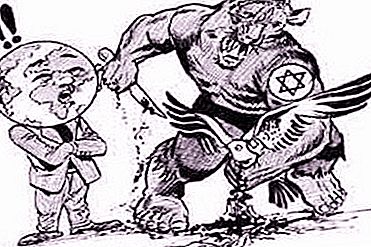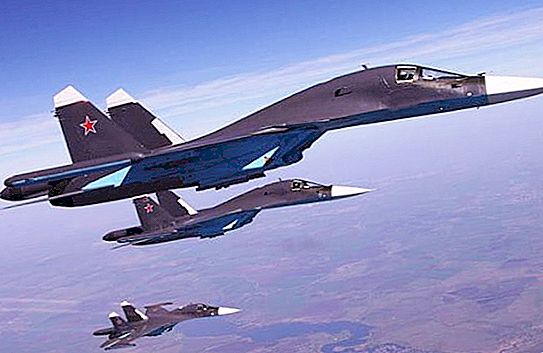Siberian spruce is a widespread plant. It differs from its relatives by lush needles, impressive dimensions (up to 30 and more meters), as well as the shape and size of cones. Since ancient times, miraculous properties have been attributed to this tree. Forest beauty was loved and revered not only in Western Siberia - the main area of its growth, but also far beyond its borders.
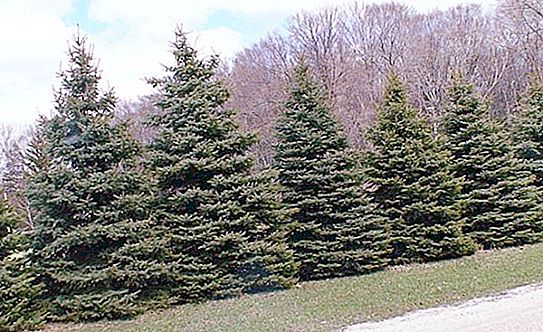
The appearance of the plant
A tall tree, which occupies a decent space in width (up to one and a half meters or more), is distinguished by a lush crown with spiky tetrahedral needles about 2-2.5 cm in length, due to its unpretentiousness and endurance, it perfectly adjoins more powerful relatives. The photo of Siberian spruce, presented below, is unlikely to convey all the beauty and grandeur of the plant. Young trees, forced to fight for a place in the sun, tolerate shade well, but are quite sensitive to the composition of the soil. Siberian spruce does not like sand or swamps, but it is very resistant to low temperatures. This allows her to feel great in the middle and southern taiga. The bark of young trees is smooth, with a brown tint, with age it gets a certain roughness and slightly brightens.
The trunk of a healthy spruce is even, with sparse branches. The tree grows rather slowly, and young shoots are sensitive to spring frosts. Unlike most relatives, the Siberian beauty is characterized by rather colorful flowering. Cones appear in the middle or towards the end of spring. Females, usually bright red, are clearly visible through the needles in the upper part of the tree. Male, no less noticeable, contain a large amount of pollen. The wind carries it over long distances, as a result, it settles literally everywhere. By September, female cones reach their maximum size (up to 8 cm), seeds ripen in them, which are food for many Siberian birds and some mammals.
Places and growing conditions
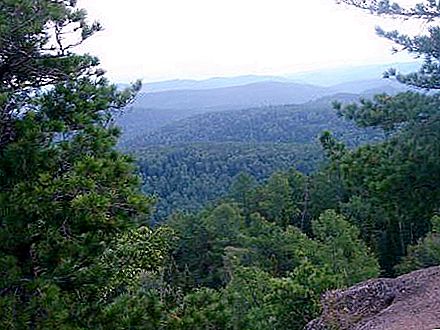
In Europe, Siberian spruce, along with the ordinary, occupies the northern and northeastern lands. Due to its high frost resistance and less exacting soil and moisture level, it is common in Western Siberia and the Far East, with the exception of polar latitudes. The area of Siberian spruce occupies thousands of kilometers, starting from the border with the forest-tundra and ending in the south with the lower reaches of the Kama. A tree lives up to 300 (less often - 500) years, perfectly transferring both hilly and flat terrain.
Types of Siberian spruce
Depending on the growing conditions and other natural factors, the tree has a number of morphobiological forms. Outwardly, they mainly differ in the color of the needles. It can be green, silver, golden or bluish-gray. The last of these varieties is considered the rarest. Blue Siberian spruce is listed in the Red Book. Its industrial cutting in recent years is prohibited. Due to the unique shade of needles, it is often used as an ornamental plant.
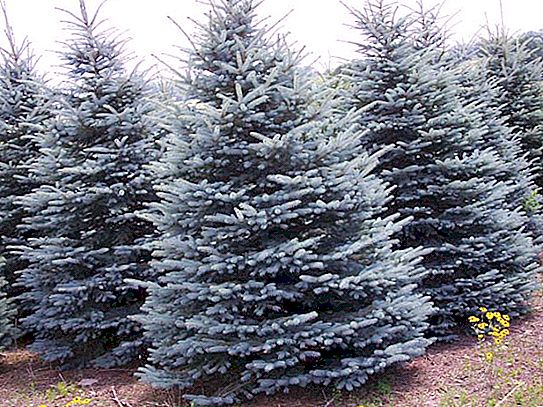
Reproduction and Artificial Growing
In the natural environment, ripened seeds that have fallen from cones are carried by the wind, birds and mammals. Under favorable circumstances, they can sprout and eventually turn into young trees. After several decades, they will take the form traditional for the spruce, and of impressive size will only reach the end of their first century.
In artificial conditions, propagation by woody cuttings is sometimes practiced. Germination of seeds in spruce is quite good - up to 70%, but because of the rather slow growth, this method is not used very often. In the first year after planting, the tree barely reaches 10 centimeters in height. And it will be ready for moving to a permanent place after 5-7 years. In addition, young spruce trees are very susceptible to various diseases. So the efficiency of growing from seeds is quite low.

Industrial use
Siberian spruce, along with ordinary, belongs to valuable tree species. It is widely used for the manufacture of furniture, musical instruments, in construction, as well as in the pulp and paper industry. In addition to wood, needles also have a certain value. It is a source of healing essential oils, used in medicine, in the manufacture of cosmetics, tannins and animal feed additives.
All types of spruce, including Siberian, are appreciated in the park. Coniferous plants perfectly clean the air, making it beneficial for the respiratory system. Spruce park walks are recommended for people with respiratory illnesses.







